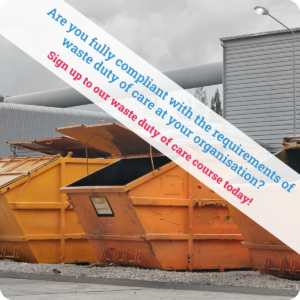An HSE backed research paper published in May 2015 reported that one person dies almost every week from skin cancer caused by exposure to the sun at work. The research concluded that employers should take urgent action to protect employees. Here we look at the findings and legal issues.
Malignant melanoma of the skin
Everyone is exposed to sunlight radiation at a greater or lesser degree depending on location and leisure time activities.
People at higher risk of burning or developing skin cancer are generally those with fair skin, red or light hair and those with lots of freckles or moles.
The Imperial College London report, ‘The Burden of Occupational Cancer in Great Britain’ reported rising numbers of hospital registrations and deaths from malignant melanoma of the skin.
Malignant melanoma registrations
|
Year |
England
Males |
England
Females |
Wales
Males |
Wales
Females |
| 1995 | 1833 | 2744 | 104 | 132 |
| 2005 | 3663 | 4362 | 215 | 268 |
| 2011 | 5440 | 5681 | 359 | 382 |
Number of deaths from malignant melanoma of the skin
|
Year |
England & Wales
Males |
England & Wales
Females |
Scotland
Males |
Scotland
Females |
| 1995 | 762 | 714 | 71 | 60 |
| 2005 | 855 | 767 | 87 | 71 |
| 2011 | 1110 | 810 | 115 | 75 |
Work-related skin cancer
The Imperial College researchers estimated that 2% of cases of skin cancer, some 240 new cases reported to hospitals and 46 deaths each year, can be attributed to occupational exposure to solar radiation.
The research found that the construction industry accounts for the largest number of melanoma cases with 44% of deaths and 42% of skin cancer registrations.
Other sectors of concern included:
- Farmers
- Gardeners
- road workers
- outdoor activity work
- public administration
- defence
The report concluded that there is an “urgent need to develop appropriate strategies to reduce this burdenâ€.
One of the main challenges is lack of awareness.
A survey by the University of Nottingham, released consecutively by the Institution of Occupational Safety and Health, found that two thirds of construction workers outside for an average of nearly seven hours a day thought they were not at risk or were unsure if they were.
Legal requirements
Section 2 of the Health and Safety at Work etc Act 1974 contains a general duty for every employer to
“ensure, so far as is reasonably practicable, the health, safety and welfare at work of all his employeesâ€.
Section 3 extends the duty to self-employed persons and others that may be affected by the employer’s undertaking.
In particular, the employer must:
- assess the risks to employees’ health and safety. If there are five or more employees, they must record the significant findings of the assessment;
- identify measures for controlling the risks;
- make arrangements for putting those measures into effect ‘ this could include time restrictions on sun exposure or providing sun cream
- give employees information, instruction and training ‘ for example, recommendations to wear clothing and hats or to stay in the shade
- report diseases to the HSE
Employees also have their own legal duties. These include
- taking reasonable care for their own health and safety and
- co-operating with the employer.
What is “reasonably practicable†will depend on the circumstances.
If an employee brings an occupational illness claim for developing skin cancer, it would be difficult to find that the employer had breached its health and safety duties if the employer had carried out a risk assessment and offered practical advice to employees.
Depending on the costs involved, a proactive employer might even provide sun cream to high risk workers and offer medical surveillance.
